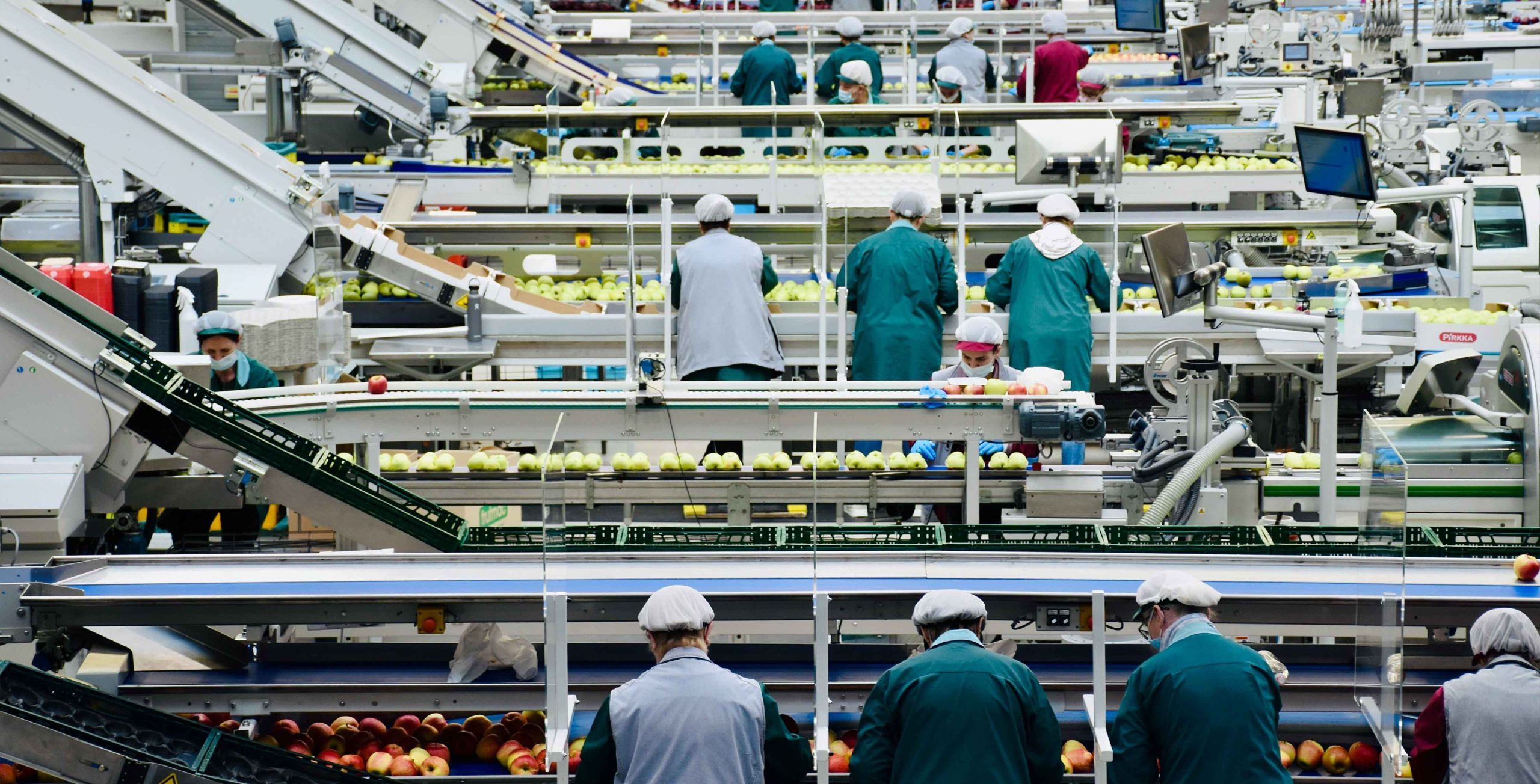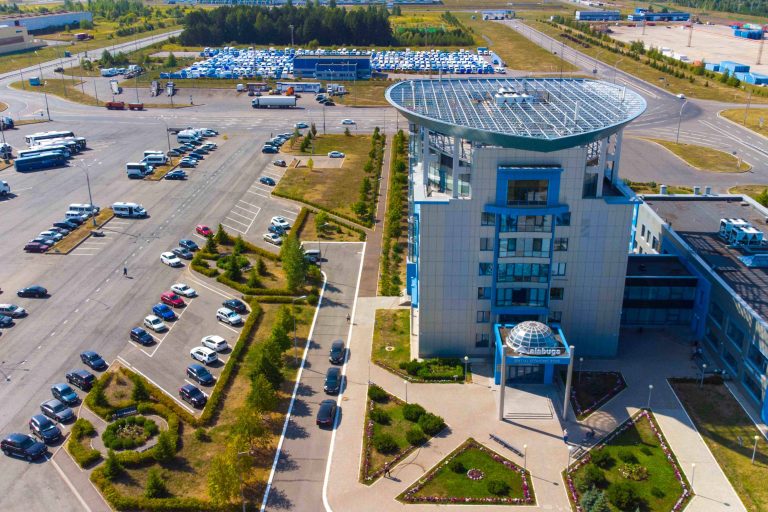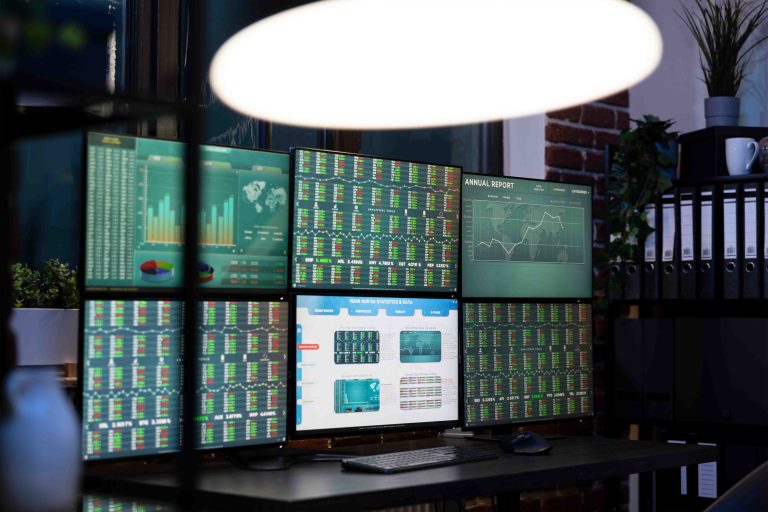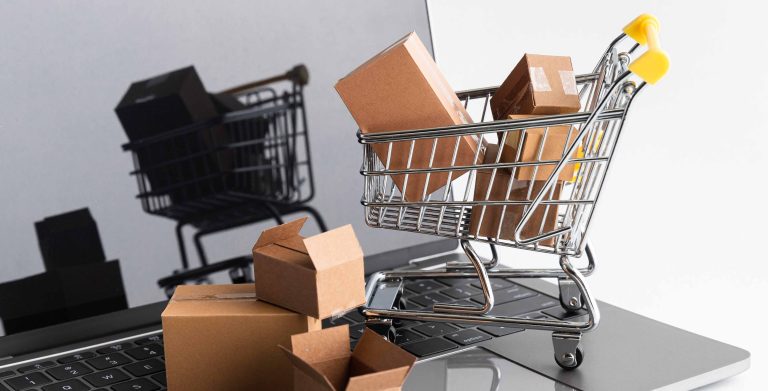Investment Opportunities in the Russian Food Retail Market
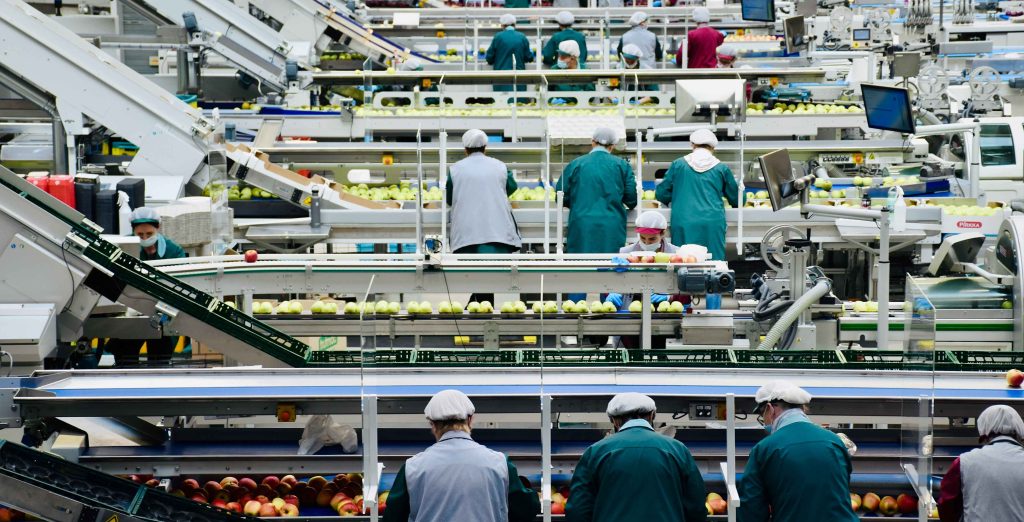
This article provides a high-level overview of recent developments in the Russian food sector, with a particular focus on emerging trends such as the development of e-commerce, increased domestic food production, and improvements in logistics and digital infrastructure. The information is intended to support ongoing research into sector dynamics and potential areas of interest for stakeholders.
1. E-Commerce Expansion in the Food Sector
The Russian food retail market is experiencing a notable shift toward digital platforms, a trend that accelerated during the COVID-19 pandemic. In 2020, online food sales comprised approximately 5% of total market activity. By 2024, that figure increased to 16.7% of total e-commerce sales, with forecasts suggesting further growth to 18% by 2025.
This trend highlights growing investor interest in technology-driven platforms, last-mile delivery solutions, and infrastructure development supporting online food distribution.
Legal considerations may include regulatory compliance for digital platforms, data protection obligations, and logistics contract structuring.
2. Domestic Agricultural Development and Investment Trends
Russia continues to pursue self-sufficiency in various food categories, presenting investment opportunities in primary production and processing. Significant sub-sectors are summarized below:
- Poultry and Meat: Chicken remains dominant in domestic meat supply (90%+). Russia is now a significant exporter, and potential investment areas include processing facilities, distribution channels, and biosecurity-compliant farm operations.
- Dairy Sector: Domestic production has increased, partly in response to import restrictions on EU cheese. Notably, a 5% rise in milk production was recorded in 2024. Investment opportunities include processing facilities, food safety and quality assurance systems, and R&D for product innovation.
- Grains and Sugar: Russia is among the largest global wheat exporters; with a record 71 million metric tons exported during the 2023–2024 season. The sugar market has also stabilized, opening opportunities in both raw material production and value-added processing.
From a legal perspective, potential subjects include land use regulations, environmental compliance, agricultural subsidies, and customs/export controls.
3. Logistics and Technological Infrastructure
The growth of online food retailing has increased demand for efficient logistical systems and technology integration. Companies providing digital ordering platforms, cold chain logistics, and supply chain visibility tools are seeing heightened interest.
Legal considerations in this space may include technology licensing, IP protection, regulatory approvals for logistics operations, and potential joint ventures with local service providers.
Conclusion
The Russian food sector is undergoing dynamic changes that may appeal to a broad range of investors. E-commerce, agricultural production, and logistics infrastructure represent significant areas of opportunity. In navigating this evolving landscape, our firm is well positioned to support clients with legal matters, from market entry and regulatory compliance to other legal considerations highlighted in this article.

